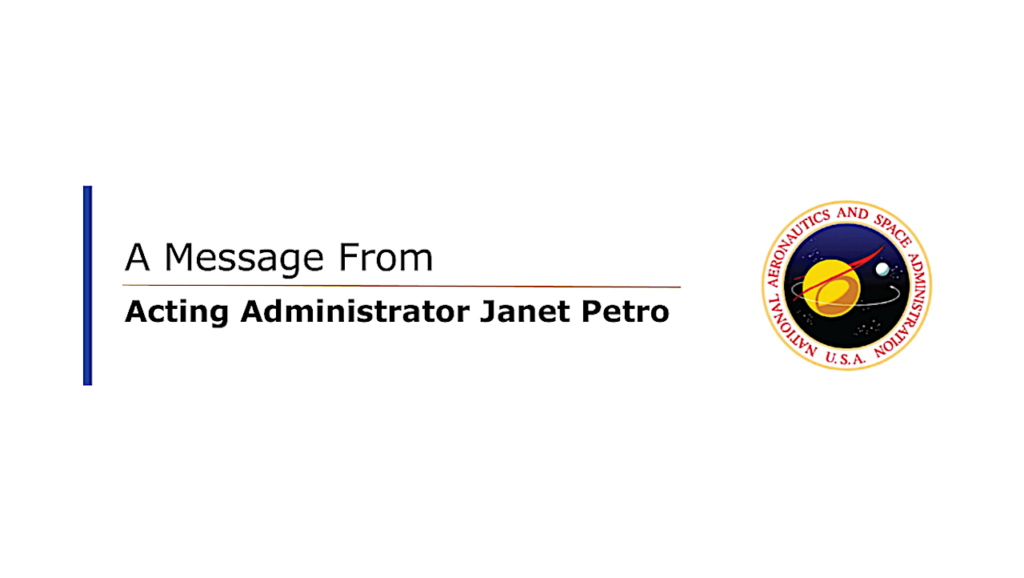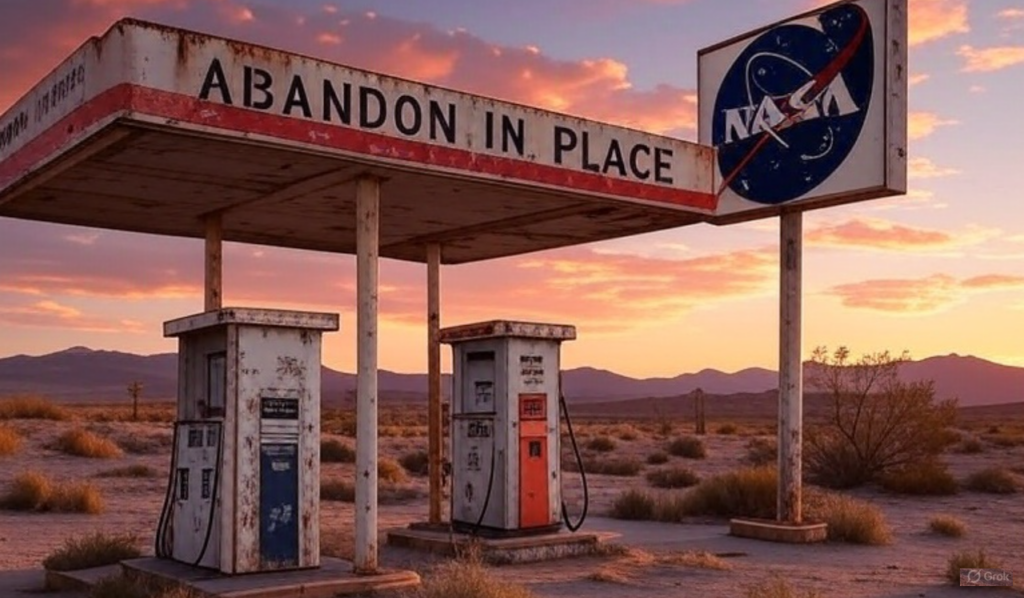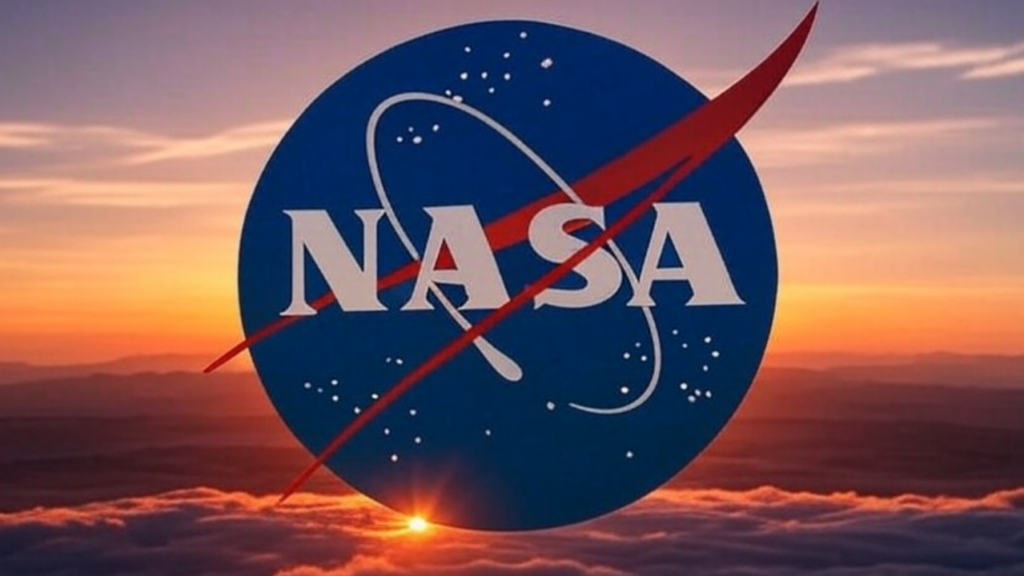Hearing Today: NASA Authorization Act of 2013
 Subcommittee on Space Hearing – NASA Authorization Act of 2013
Subcommittee on Space Hearing – NASA Authorization Act of 2013
Hearing: NASA Authorization Act of 2013
Location: 2318 Rayburn House Office Building, Washington, DC 20515, US
Time: 10:00 a.m. ET
Witnesses and Statements
– Dr. Steven W. Squyres, Goldwin Smith Professor of Astronomy, Cornell University
“Three themes run through my testimony today:
– NASA needs a clear and compelling long-term goal. That goal should be to send human explorers to Mars.
– NASA is being asked to do too much with too little. Unless program content can be matched to budget, the result will be wasted effort and delay.
– Our nation’s civil space program will be best served by having high-level policy set by the Administration and Congress, and implementation details recommended by NASA engineers, scientists, and managers.”
– Mr. A. Thomas Young, Former Executive Vice President, Lockheed Martin Corporation
“The dominant strategic issue facing the civil space program is human spaceflight. Today, there is a human spaceflight program but no credible human space exploration strategy. There is much discussion about going to the moon, an asteroid, Phobos, Deimos and Mars; however, there is no credible plan or budget. There are human exploration elements such as SLS and Orion.”
Space Subcommittee Chairman Steven Palazzo (R-Miss.)
– Prepared Statement by Rep. Palazzo: The NASA Authorization Act of 2013
“The draft bill includes a topline budget of over $16.8 billion dollars and authorizes the agency for two years.”
“The Space Launch System is authorized at over $1.77 billion and the Orion crew capsule at $1.2 billion. The SLS and Orion will take our astronauts deeper into space than ever before. I am committed to the success of these assets and ensuring their continued on-time development and appropriate prioritization moving forward. The Commercial Crew program is authorized at $700 million, but let me be clear; this is not a blank check for the Administration. The bill includes several accountability measures and a flight readiness deadline of December 31, 2017. This deadline is not negotiable. NASA must do whatever is necessary in its acquisition model to meet this deadline, even if that means radically altering their current plans.”
“Another request in the President’s budget was an Asteroid Retrieval Mission or ARM. While the committee supports the Administration’s efforts to study Near Earth Objects, this proposal lacks in details, a justification or support from the NASA own advisory bodies. Because the mission appears to be a costly and complex distraction, this bill prohibits NASA from doing any work on the project and we will work with appropriators to ensure the agency complies with this directive.”
– Prepared Statement by Rep. Edwards: The NASA Authorization Act of 2013
– Prepared Statement by Rep. Eddie Bernice Johnson: The NASA Authorization Act of 2013
Testimony sound bites via Twitter:
– Rep. Johnson: this is a flawed bill and not ready for markup and would be DOA in the Senate. #NASA
– Squyres reiterates that it’s not a matter of when SLS makes first flight, but what is the flight rate. “Deeply concerned about flight rate.”
– Young: don’t believe landing on the Moon is a prerequisite to going to Mars, and would consume resources, although it has other benefits.
– Brooks is reading an email he received from former NASA administrator Mike Griffin, saying that $1.45B auth for FY14 in bill is inadequate.
– Squyres: the administration’s proposed reorganization of STEM education is “deeply misguided.”
– Squyres “I have not heard #NASA make the case to connect asteroid mission with sending humans to Mars” #NASA
– Rohrabacher: Griffin statement that $1.8 b (not $1.4b) needed for SLS is a warning sign that it will cost a lot more – the “SLS Titanic”
– Squyres – some kind of heavy lift capability is needed for Mars. #NASA being asked to do too much with too little $
– Squyres: We can afford to use ISS. We can afford SLS on reasonable schedule. But we can’t afford both. Budget mismatch.
– Tom Young: with the current budget we’d never get to Mars. #NASA
– Skyres: I haven’t seen the level of detailed oversight (by OMB) before.









I just finished watching this. Very civilized and professional compared to many I’ve seen, but at the same time, I’m not sure what was accomplished. A lot of questions were asked and answered, some of them very good questions, but overall there was no pattern, no evolving concensus. Each speaker/question seemed unrelated to the one that preceded it and they jumped all over the place.
It was almost like they were simply going through the motions. At one point concern for the SLS budget being too low was discussed, yet later on Dana Rohrabacher came right out and said that he thought SLS was a mistake and basically suggested that maybe it should canceled now instead of later.
This potentially explosive situation caused no major arguments. In fact, each speaker got almost no reaction and the meeting simply went on to the next questioner with an unrelated question. No conclusions were drawn, no further actions were proposed… It just …. happened and then ended.
It’s because they ARE just going through the motions. Most of the objections and/or statements made by any one of these congresscritters are primarily made not because they expect it will change anything, but because they need to have a sound-bite ready to reference in case they need to cover their own ass when things eventually go wrong down the road. At least that is what I am seeing and thinking.
The congressman from California is a notorious deep thinker…ahem. At the risk of being repetitive I would like to reiterate…I suggest they put their money where their mouth is. I have a few modest suggestions: continue funding for commercial crew to LEO; restart research on NERVA; expand the size and scope of the Deep Space Network; increase the funding for the SLS’s very unhurried development and flight rate; ditto Orion; increase life sciences funding for cosmic radiation and microgravity mitigation; and might I humbly suggest that we send more than one robotic probe to Mars every six years if we really want to understand the character of the planet that we proposed putting human beings on! An appropriate funding level for expanding the United States capacity in inter-solar space should probably be on the order of 1% of the federal budget. That should allow us to maintain our leadership in space exploration & development. That is what great nations do…they make investment in the future for their posterity. Now, we can wish in one hand, and “you know what” in the other, and see which gets full first. I’m not holding my breath waiting on politicians in either party to do the smart thing for the future of the country.
Mostly agree with what was said. If they think that NASA is not asking for enough money for SLS, then ask GAO to check. Asteroid mission is fine to check out equipment, unless the money could be more effective on something else to get to Mars.
“Today, there is a human spaceflight program but no credible human space exploration strategy. There is much discussion about going to the moon, an asteroid, Phobos, Deimos and Mars; however, there is no credible plan or budget.”
I think these two sentences perfectly sum up the US government’s space program.
The biggest thing NASA needs is a north star goal. Then it needs to align strategies around that. Strategies developed in the absence of a goal are almost as useless as no strategies at all.
I agree with CadetOne, Whitfield too. The manned program will survive but will remain a costly venture because of how Capitol Hill and each Admin dickers with objectives and funding. One SLS launcher will be built and Orion. Larger SLS vehicles will be scrapped because of Falcon 9 Heavy and other commercial vehicles will launch at half the cost per pound. But as Whitfield and other commenters said, this House subcommittee hearing was a non-event, going through the motions. The draft will go to the Senate, as is, and the democratic led subcommittee will be faced with adjusting allocations, removing wording (Asteroid Init., etc.) and there will be some compromise. And I feel for NASA. Sequestration and the Republican-Obama stand-off has made it look more ragged than ever. Sure there are missions that keep on rolling but manned flight is without direction and the Planetary Science Decadal – looks hopeless for several objectives outlined for the next 10 years.
Squyres: “NASA is being asked to do too much with too little. Unless program content can be matched to budget, the result will be wasted effort and delay.”
I am sure Squyres comment was to prod Congress to significantly increase NASA’s budget, However Congress has shown little effort over the last few decades to plus up NASA’s budget, Squyres may in effect be giving Congress the ammunition to cut back some of NASA’s efforts to bring them in line with budget.
Squyres: “I believe that the low flight rate projected for SLS and Orion is a serious problem. No human-rated launch system in NASA’s history has flown so infrequently. With such a low launch rate it will not just be difficult to maintain program momentum; it will be difficult to keep flight teams sharp and mission-ready.”
Yep.
Three options:
(1) Significantly plus up NASA’s budget to increase mission rates and develop systems to actually do something on those missions (like building landers, habitats, etc.).
(2) Cut SLS/Orion
(3) Continue the current path despite the obvious problems.
What do you think will happen?
C1:
Since the folks that hold the purse strings have a different definition of ‘success’ than NASA, don’t expect much. If things continue down the current path, expect failure.
tinker
Folks:
If they’d stop talking about ‘missions’ and start talking about ‘capability’ then they’d be getting somewhere (pun intended).
Here’s an example of how America dealt with transportation both ways in history.
Building a railroad across America was a mission. There were political and strategic goals that were clearly obvious. The political gain was to ‘stake a clear claim’ over the entire mid-continent (some of it recently acquired). It also provided a means to assert authority over this vast territory by improving communications and the ability to quickly move troops and support where it was needed most. The economic benefits were also obvious from the start but they were a secondary motivation for government involvement. The government of the day gave railway companies economic advantages such as property rites along their tracks and ongoing contracts for mail and military deployment but beyond that, the railway companies were on their own to make a profit. History shows that they did pretty good.
The interstate highway system built in the middle of the last century gave America a capability. Not only were the economic benefits the driving motivation for building a country spanning, high quality road system, the exponential industrial growth during and after World War Two in America demanded it! It just so happened that the government of the day could afford to fund such a mega project so they took complete control over funding, building and maintaining it. Because they didn’t partner with industry they were able the provide this service to every American for free. That’s why they’re called ‘freeways’! In this case political and strategic motivation was secondary. Everybody benefited equally.
Lets build for space the same way the interstates were built, the easiest, smoothest way from one place to another. We didn’t keep building larger, more powerful trains and road vehicles ad infinitum, they got to an optimum, economically viable size and stopped. We could build a train that rode on 20 foot wide track with cars the size of Shuttle External Tanks… but we don’t. Why not? Because it would only be economical to ship large, heavy cargo not very often. Meanwhile, you’ve got a 20′ wide throughway spending most of it’s time rusting. In the end, it was more economic to ship cargo in parts and assemble it on site.
The lesson here is that industry adapted to the shipping sizes and weights dictated to them by the transportation standards that were optimal.
Why should a space transportation system be any different? Let the transportation industry develop the capability instead of the government building a railway (this time) to nowhere.
tinker
Don’t you think that this is different, can’t you see that this is not a transportation system, we are not yet poised to expand outward as we did in the west. at least not yet! this is exploration, not expansion, though that will come eventually. Obviously not quick enough to suit some of us. but it will come. I would compare our human exploration program to the Lewis and Clark Expedition more than the transcontinental railroad. The government is the only one capable of the expenditures necessary to undertake these bold explorations. private industry needed taxpayer money just to get started and do the things that are within their range to do.with government help! But it should be left for NASA to do the really great things, the things that they have always done. to go where we haven’t yet been,to blaze a trail, to lead and learn.and discover!
I know that most of the opinions voiced here are new space supporters, SPACEX enthusiasts, I’m also a supporter. but I don’t buy into the belief that SPACEX is this DO-ALL BE-ALL, that is so much more capable than NASA! after all if not for NASA there would probably not be a SPACEX.
sperogine:
I beg to differ. It depends on where you consider the ‘New Wild West’ to be. If it’s low earth orbit, we’ve ‘explored’ it for four decades. Time to ‘Wagons, Ho!’
Reusable Falcon/Dragon will be our ‘Conestogas’ to that wild west in the same way that famous wagon was the right vehicle for the it’s job.
tinker
BTW: The owners of those pioneer wagons were mostly private citizens, not government employees. They came later, when there was something to govern. Maybe we can leave them behind this time! 🙂
“The Commercial Crew program is authorized at $700 million, but let
me be clear; this is not a blank check for the Administration. The bill
includes several accountability measures and a flight readiness deadline of December 31, 2017.”
As opposed to SLS/Orion, which _are_, unambiguously, blank checks. As Space Act agreements, accountability was already built into the commercial crew program. If the companies don’t meet their CCDev milestones, they don’t get paid. But who here honestly thinks, if the SLS/Orion team came back next year and said they needed $5B extra, (which isn’t, like, totally outside the realm of possibility), that Congress would actually say no?
“Rohrabacher pressed NASA scientists to give their estimates for a
booster for the Space Launch System (SLS) in Huntsville, Ala., but they
were unable to provide one.
http://thehill.com/blogs/hi…
“There’s a lot of people pushing for the SLS launch system and we don’t
even know what the budget is, and we don’t even know where the money is
coming from. And it’s really possible if we do that, we’ll just defund
all the things the SLS is supposed to carry. Meaning your projects,”
Rohrabacher said.
1. Remove the President as being the policy decider for NASA.
2. Return to the Moon, even if only to test new tech. It would be sensible to establish a base their, test long term tech, extract water to creat Oxygen etc.
3. Send a manned mission to Mars
If not NASA may as well be closed down as Obama wants.
Much of the equipment one uses to land and inhabit the moon isn’t especially useful for Mars. If Mars is the destination, the moon is a detour, not a stepping stone.
I believe that all depends on the nature of our mission to mars.
If the only purpose of a mission to Mars is a typical boots and flag mission or even just as a science mission to determine if life is or ever was present; then yes, the moon is a detour not a stepping stone. But if our mission to mars is to expand our presence there permanently (colonization and/or economic expansion) than I believe that the moon is by far the most important stepping stone, a keystone if you will. The only thing that I think can change the importance of the moon in this regard is if we can get launch cost from Earth to orbit down under $100 a pound. Even then trying to cram all the necessary tools and equipment to make space colonization and industrialization possible in the fairing of even our largest rockets is going to be near impossible…at least for now (I’m looking at you reactor miniaturization tech)